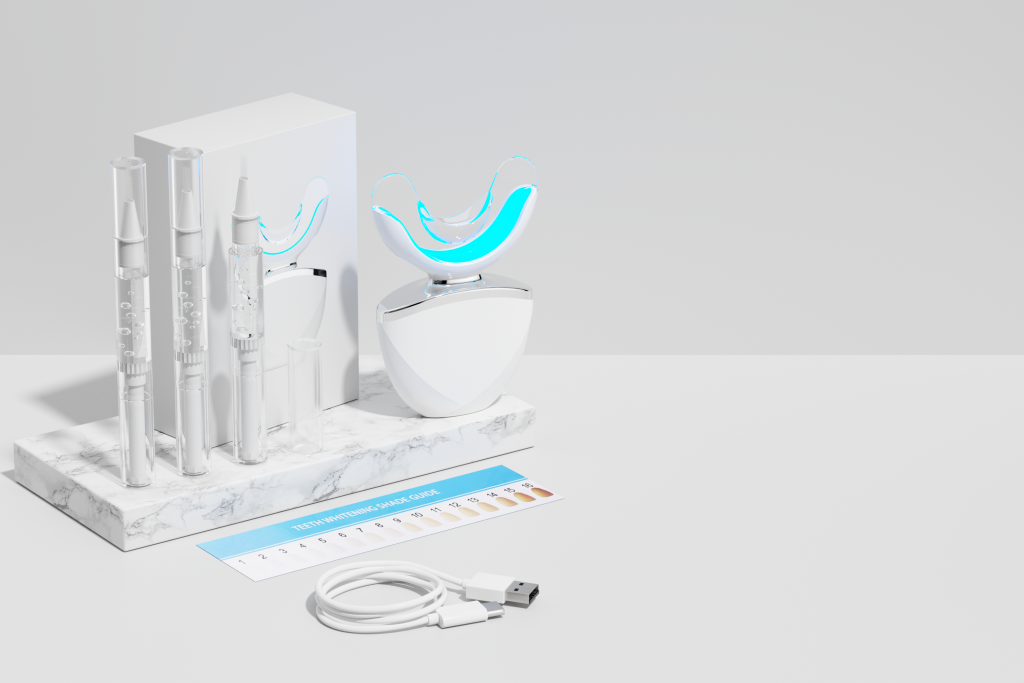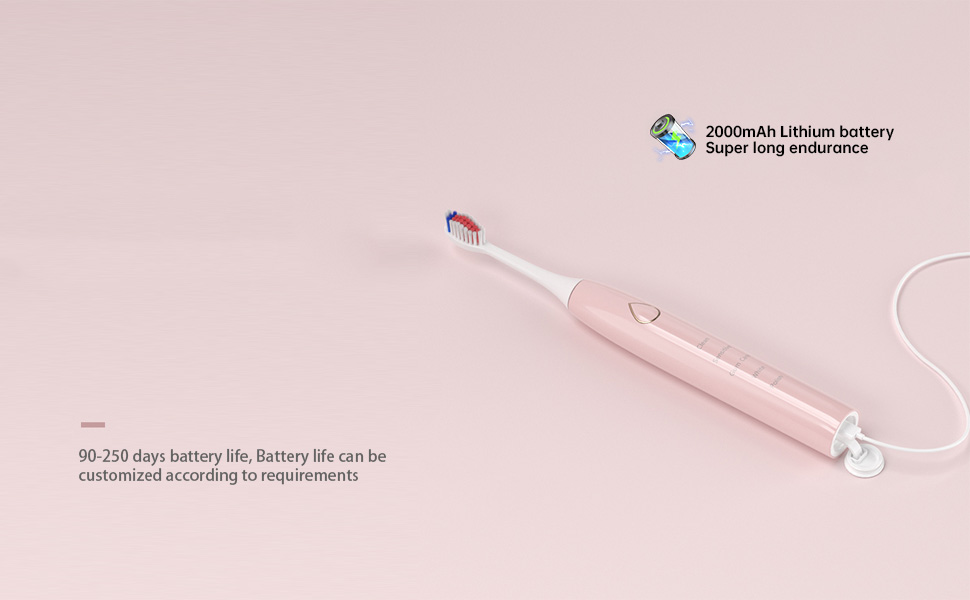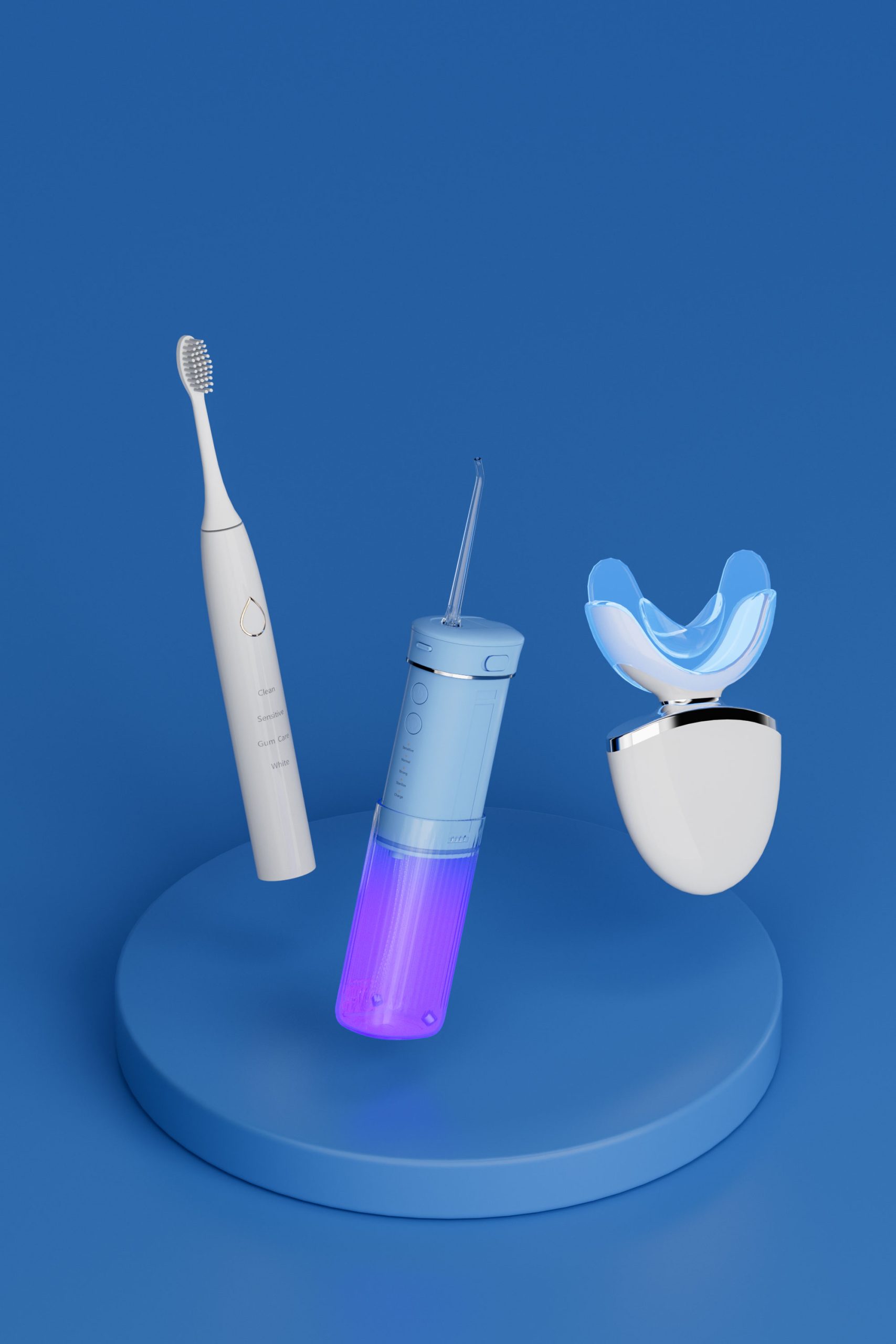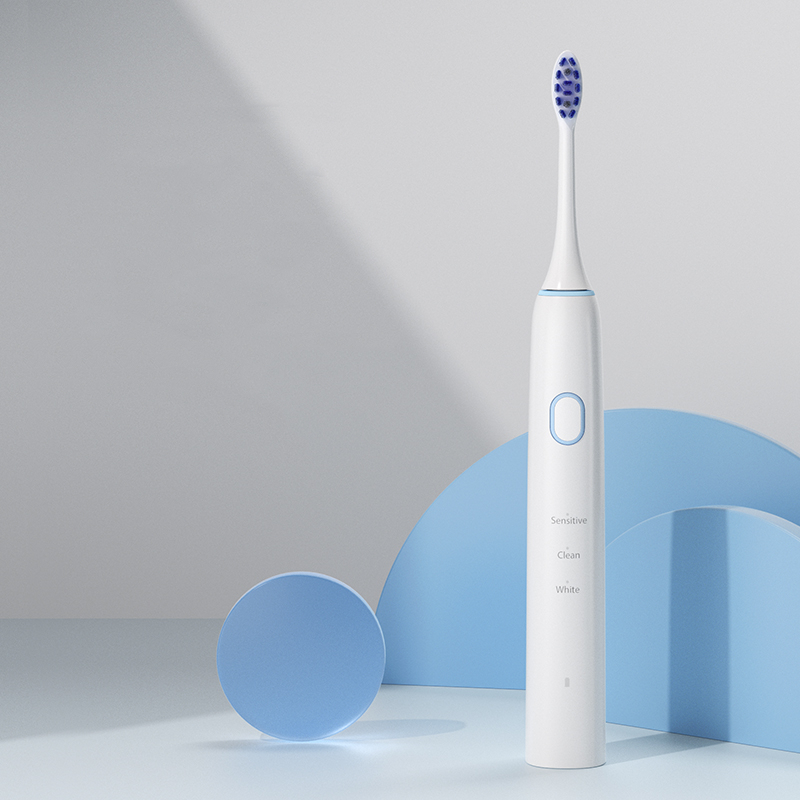In the B2B personal-care market, product fit is everything. For manufacturers, designing a toothbrush that truly suits Texas sensitive gums while meeting the sustainability expectations of the Austin market (think the Austin eco toothbrush) creates a valuable niche: scientifically sound oral care that also aligns with local values. Below are six focused dimensions — market insight, design, materials, ergonomics, testing, and commercialization — to help OEMs/ODMs turn the idea into a producible and profitable product line.
First, understand the user profile. Customers with Texas sensitive gums prioritize gentle cleaning, reduced abrasion, and reassurance from credible endorsements. Simultaneously, Austin buyers care about environmental impact. Therefore, positioning a product as an Austin eco toothbrush that is specifically tuned for sensitivity gives retailers and distributors a clear value proposition: combining oral-health efficacy with sustainability credentials.
Transitioning from insight to product means mapping sensitivity drivers (e.g., gum recession, enamel exposure, aggressive brushing) to tangible design responses (softer bristles, tapered filament tips, lower vibration amplitude).
Next, the heart of sensitivity-focused design is the brush head. For users with Texas sensitive gums, the brush should:
Moreover, for an Austin eco toothbrush, consider designs that reduce material waste in the head (e.g., optimized tufting patterns) while preserving cleaning efficiency. In short, thoughtful filament geometry and head profile can markedly improve the experience for sensitive gums.
Then, choose materials that satisfy both sensitivity care and eco values. An Austin eco toothbrush can employ:
Importantly, when marketing to customers worried about Texas sensitive gums, emphasize that sustainability choices do not compromise hygiene or clinical safety.
Furthermore, for powered toothbrushes targeted at sensitive users, the device’s motion must balance effectiveness and gentleness:
Pairing these features with an Austin eco toothbrush narrative (e.g., energy-efficient motors, recyclable components) strengthens the product story for both health- and eco-minded buyers.
Next, validate claims with data. For any product aimed at Texas sensitive gums, manufacturers should run controlled user trials with dental professionals to measure outcomes such as gingival comfort, plaque removal, and incidence of irritation. Recommended practices include:
Thus, clinical and user-evidence strengthens B2B sales conversations with dental chains, clinics, and retail buyers.
Finally, translate product attributes into revenue:
By aligning clinical efficacy (for Texas sensitive gums) with the environmental story of an Austin eco toothbrush, manufacturers can command premium placement and build stronger loyalty in urban, eco-aware markets.
Conclusion & quick action checklist:
To bring a commercially viable sensitive-care eco toothbrush to market, B2B manufacturers should:
If you want, I can draft a product specification (head and filament specs, sensitive-mode motor profile, materials sourcing checklist, and a pilot test plan) tailored to target Texas sensitive gums customers while carrying the Austin eco toothbrush brand. Would you like that specification now? Contact us
-1024x1024.jpg)


Long-Trip Electric Toothbrush Manufacturers – Extended Battery Life Solutions

POWSMART: Your Trusted Electric Toothbrush Manufacturer in USA, San Antonio
Wholesale Electric Toothbrush San Antonio – Affordable Oral Care for Businesses
Electric Toothbrush with Extra Battery Life for RV Travelers

Best Electric Toothbrush for Outdoor Enthusiasts – Durable & Waterproof OEM Options
.jpg)
Where to Buy Electric Toothbrushes in Brooklyn?
.jpg)
Florida replacement heads at Tampa store toothbrush — cheap, or simply well-engineered value?
.jpg)
Can California pressure sensor tech power an LA affordable toothbrush? A B2B roadmap
Chicago Black Friday: Best Electric Toothbrush Deals

Wholesale Electric Toothbrush Suppliers in San Antonio
Boston Electric Toothbrush for Sensitive Gums: Gentle Yet Powerful
.jpg)
Manhattan Replacement Heads Sync with NYC App Connectivity?

Sustainable Electric Toothbrush Manufacturers: Eco-Friendly Materials & Recycling

sonic electric toothbrush San Antonio

College Student-Friendly Electric Toothbrush Features – Budget OEM Designs
NY Dental Recommended Toothbrushes: Trusted Quality from Factory to You

Private Label Whitening Gel
.jpg)
Florida Electric Toothbrush – Powsmart PTR-C8

Customization Teeth Whitening Gel

electric toothbrush heads Charcoal Infuse-Round

electric toothbrush heads Ultra Soft

Electric toothbrush heads Charcoal Infused-Diamond

electric toothbrush heads Deep Clean

electric toothbrush heads Regular Clean
whstapp
whstapp
National Toll-Free Service Hotline
+86 755 86238638